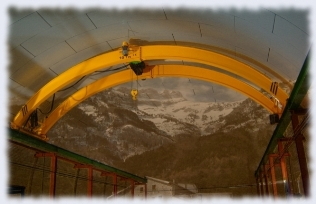Description
Jordi José (UPC Barcelona)
Many stars form binary or multiple systems, with a fraction hosting one or two degenerate objects (white dwarfs and/or neutron stars) in short-period orbits, such that mass transfer episodes onto the degenerate component ensue. This scenario is the framework for a suite of violent stellar events, such as type Ia supernovae, classical novae, X-ray bursts, or stellar mergers (involving white dwarfs, neutron stars and black holes). The expected nucleosynthesis accompanying these cataclysmic events is very rich: classical novae are driven by proton-capture reactions in competition with β-decays, proceeding close to the valley of stability, up to Ca. Type I X-ray bursts are powered by a suite of nuclear processes, including the rp-process (rapid p-captures and β-decays), the 3α-reaction, and the αp-process (a sequence of (α,p) and (p,γ) reactions); here, the nuclear flow proceeds far away from the valley of stability, merging with the proton drip-line beyond A = 38, and reaching eventually the SnSbTe-mass region, or beyond. In type Ia supernovae, the detailed abundances of the freshly synthesized elements depend on the peak temperature reached and on the excess of neutrons and protons (which depend in turn on the metallicity of the white dwarf progenitor as well as on the density at which the thermonuclear runaway occurs); they constitute the major factory of Fe-peak elements in the Galaxy, and roughly speaking, the abundance pattern of their ejecta is the result of four different burning regimes: NSE and incomplete Si-, O-, and C-Ne-burning. A suite of different nuclear processes are expected to occur during stellar mergers (indeed, neutron star mergers have been suggested as a possible site for the r-process).
This talk reviews the current status of the reaction rates used in nucleosynthesis studies of some of these explosive sites, with emphasis on current uncertainties.

